Class 9 Exam > Class 9 Notes > Science Class 9 > Cheatsheet: Gravitation
Cheatsheet: Gravitation | Science Class 9 PDF Download
| Table of contents |

|
| Gravitation |

|
| Universal Law of Gravitation |

|
| Free Fall |

|
| Mass and Weight |

|
| Thrust and Pressure |

|
| Buoyancy |

|
| Archimedes’ Principle |

|
Gravitation
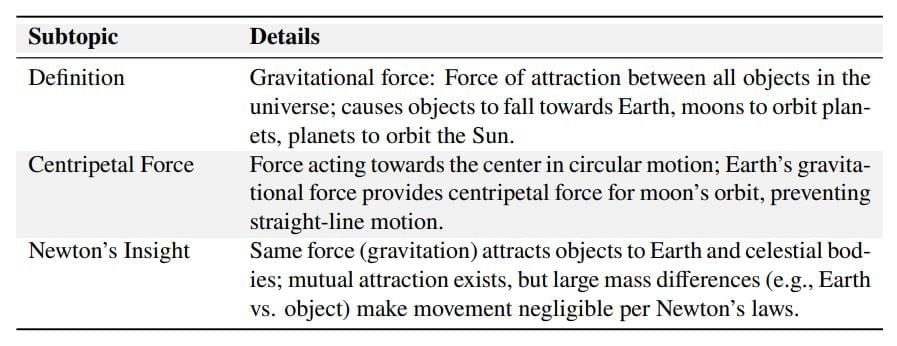
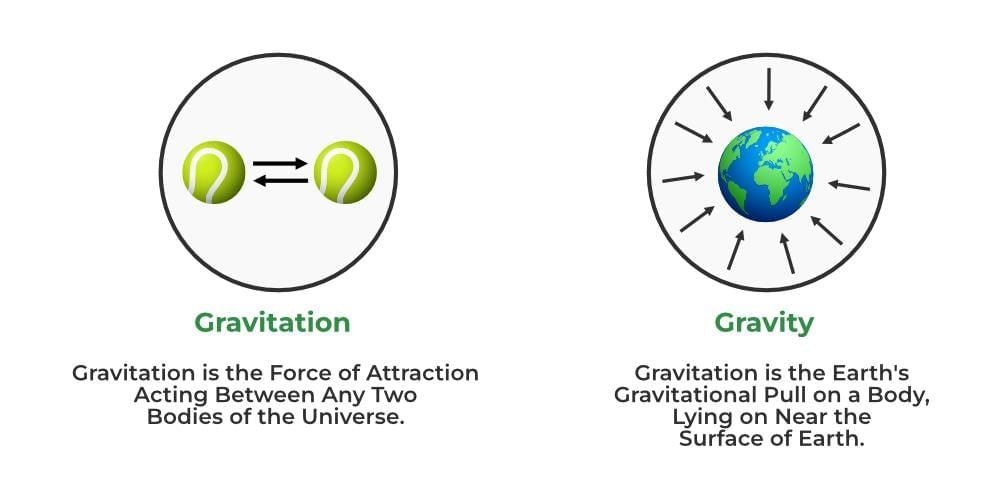
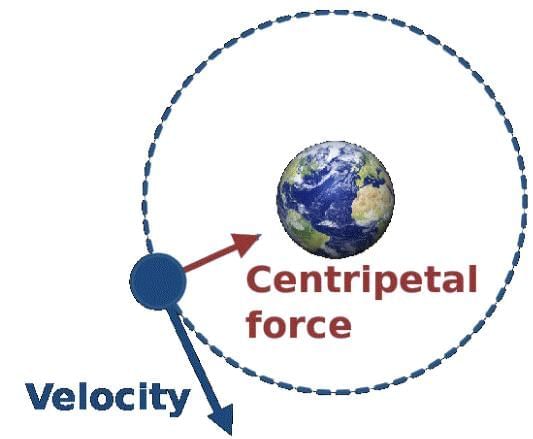
Universal Law of Gravitation
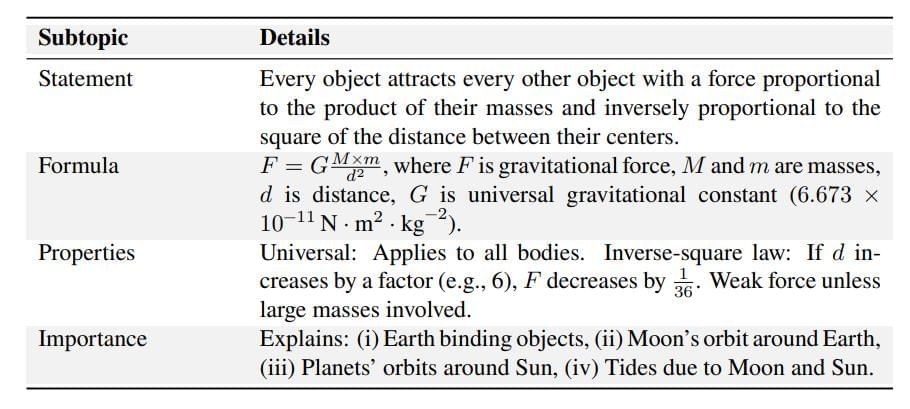
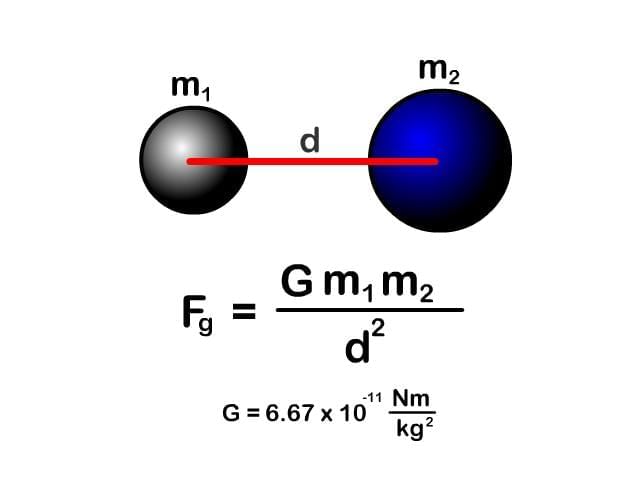
Free Fall
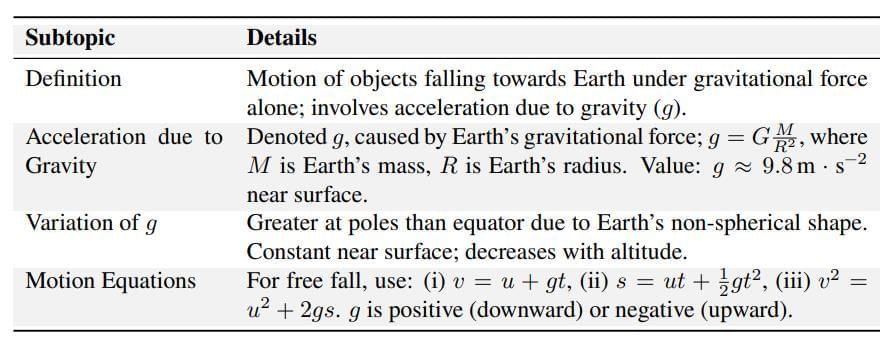
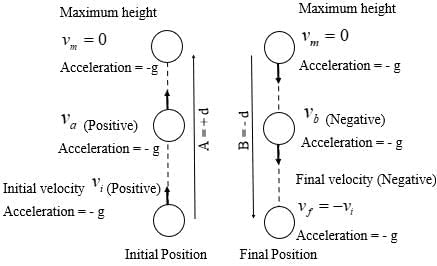
Mass and Weight

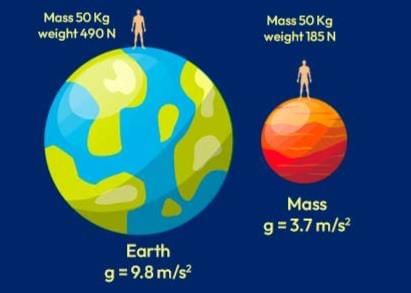
Thrust and Pressure

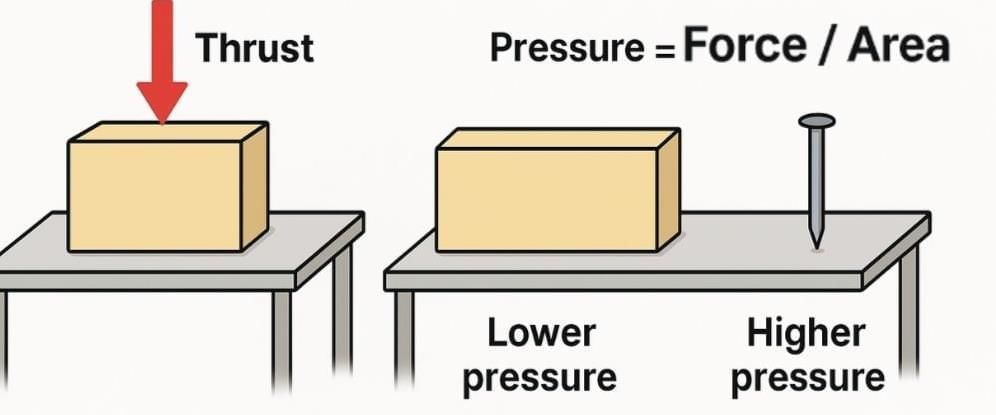
Buoyancy


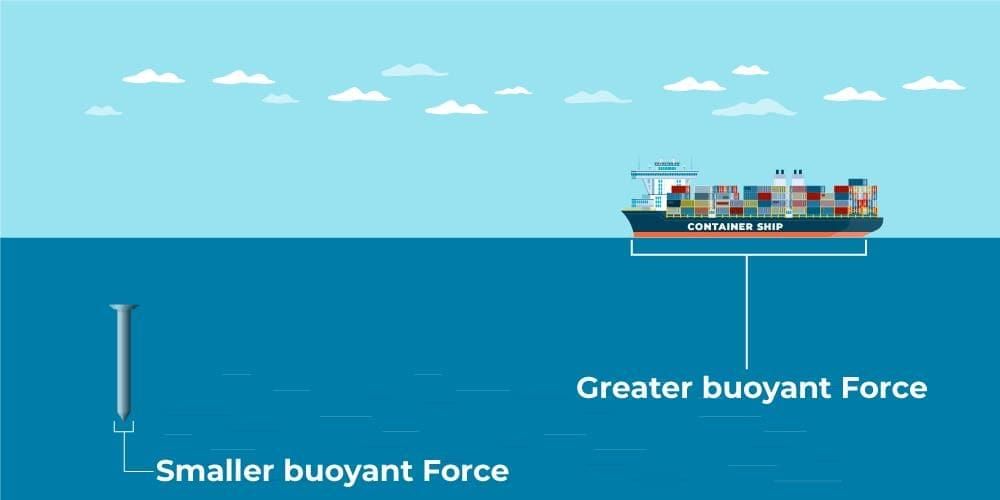
Archimedes’ Principle

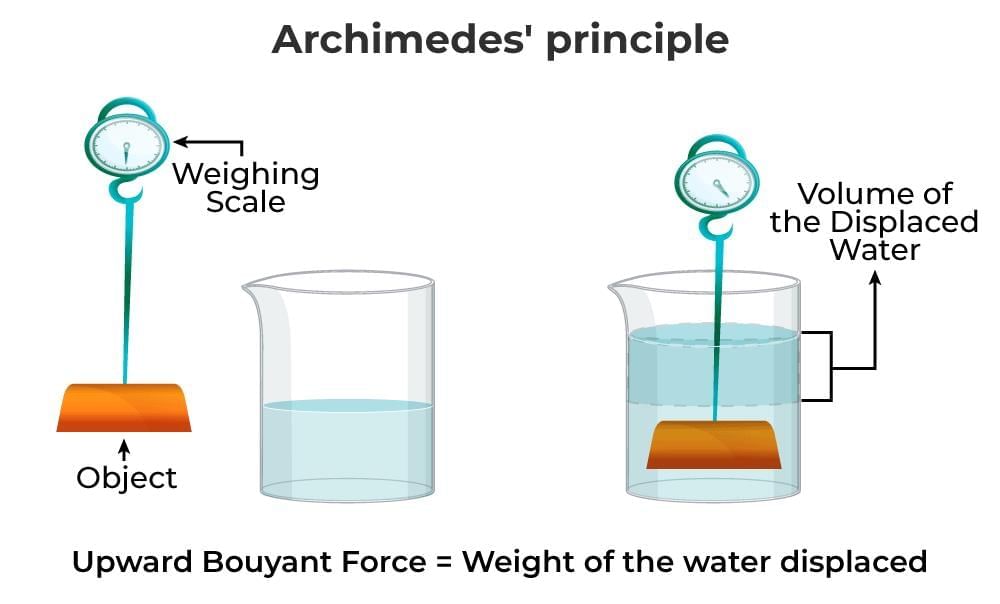
The document Cheatsheet: Gravitation | Science Class 9 is a part of the Class 9 Course Science Class 9.
All you need of Class 9 at this link: Class 9
|
84 videos|543 docs|60 tests
|
FAQs on Cheatsheet: Gravitation - Science Class 9
| 1. What is the Universal Law of Gravitation and who formulated it? |  |
Ans. The Universal Law of Gravitation states that every point mass attracts every other point mass in the universe with a force that is directly proportional to the product of their masses and inversely proportional to the square of the distance between their centers. This law was formulated by Sir Isaac Newton in the 17th century, specifically published in his work "Philosophiæ Naturalis Principia Mathematica" in 1687.
| 2. How does free fall occur and what factors affect it? |  |
Ans. Free fall occurs when the only force acting on an object is gravity, with no other forces such as air resistance or friction. During free fall, all objects accelerate towards the Earth at the same rate, which is approximately 9.81 m/s², regardless of their mass. The absence of air resistance allows objects to fall freely, demonstrating that gravitational acceleration is constant for all objects in a vacuum.
| 3. What is the difference between mass and weight? |  |
Ans. Mass is a measure of the amount of matter in an object, typically measured in kilograms (kg), and is a scalar quantity that does not change regardless of location. Weight, on the other hand, is the force exerted by gravity on that mass and is calculated by multiplying the mass by the acceleration due to gravity (W = m × g). Weight is measured in newtons (N) and can vary depending on the gravitational field strength of the location.
| 4. What is thrust and how does it relate to pressure? |  |
Ans. Thrust is the force applied by a fluid, such as air or water, in a specific direction, typically produced by engines or propellers to propel an object forward. Pressure is defined as the force per unit area applied on a surface. In the context of thrust, it can be understood that the greater the thrust produced by an engine, the more pressure it exerts on the surrounding fluid, leading to more effective propulsion.
| 5. What is Archimedes’ Principle and how does it explain buoyancy? |  |
Ans. Archimedes’ Principle states that any object submerged in a fluid experiences an upward buoyant force equal to the weight of the fluid displaced by the object. This principle explains buoyancy, which is the ability of an object to float or sink in a fluid. If the buoyant force is greater than the weight of the object, it will float; if it is less, the object will sink. This principle is fundamental in understanding why ships float and objects sink or rise in water.
Related Searches















